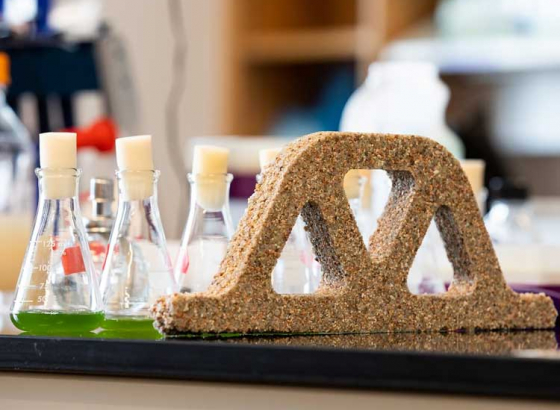Engineers plan to collect rocks on Mars and bring samples to Earth, in one of the most complex robot space projects envisaged. The scheme, being developed by NASA and the European Space Agency (ESA), will involve robot rovers finding rocks that might contain evidence of past life.
The samples would be blasted into space, intercepted by an unmanned spacecraft, and dropped by parachute in the Utah desert, with the 500g of Martian soil and rock shared with researchers round the world. NASA recently gave outline approval for such a mission – which will cost billions of pounds – and research ministers from ESA’s member states will meet in Seville this week to decide if they will support it. The UK is a leading partner in ESA, and its membership is unconnected to Brexit.
“The Mars Sample Return is a key part of our future exploration programme, and I very much hope Europe’s science ministers will back it,” Jan Wörner, ESA’s director general, said last week. “However, we should be clear that every step of the mission is going to be very challenging.” Scientists are keen to study Martian rock as conditions on the red planet billions of years ago were similar to those on Earth. It had a thick atmosphere and running water on its surface. Today, most of its atmosphere has gone and researchers want to know if life evolved before that. Hence their search for fossil microbes. “We have only two ways to study Martian soil and rock at present,” said Open University astrobiologist Susanne Schwenzer. “We can send probes to Mars and analyse rock samples there or we can study bits of Mars that arrive on Earth as meteorites.”
But space probes are constrained by power supplies, data storage, the harsh Martian environment, the need to miniaturise equipment, and difficulties in landing on Mars.
By contrast, studying meteorites – bits of rock blasted into space when larger meteorites have struck Mars and thrown up debris – poses different problems. Schwenzer said: “They often get contaminated after their arrival on Earth and it is not known where on Mars they originated.” The answer, say scientists, is to bring Martian rock and soil to Earth, to study it using the world’s most advanced laboratory equipment.
The mission will start by using the new NASA Mars 2020 rover, which is set to land in Jezero crater in the Syrtis Major region of Mars in early 2021. Then a second craft to be built by ESA, known as a fetch rover, will land on Mars, trundle round these sites, and load the samples into a football-sized canister. This will be taken to a US rocket that will blast the container into orbit round Mars. A robot spaceship called the Earth-return orbiter will sweep round Mars, capture the canister, then head back to Earth, before releasing the capsule so that it lands on the Utah desert.








